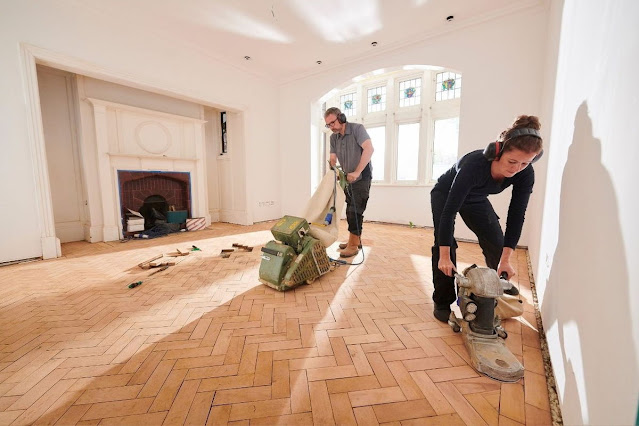When it comes to floor renovation, understanding the pricing factors for sanding and polishing is crucial. The floor sanding and polishing Melbourne price can vary significantly based on several key factors. It’s important for individuals and businesses looking to undertake such projects to have a clear understanding of these factors in order to make informed decisions and effectively budget for their renovation projects.
Factors Affecting Floor Sanding and Polishing Prices
1. Type of Wood
The type of wood used for the flooring is a significant factor in determining the cost of sanding and polishing. Different wood species have varying levels of hardness and grain patterns, which can influence the amount of preparation and finishing required. For instance, hardwoods like oak or mahogany may require more extensive sanding and polishing compared to softer woods like pine. This translates to differences in the amount of labour, time, and materials needed, thus impacting the overall cost of the project.
2. Size of the Area
The size of the area to be sanded and polished is another crucial determinant of pricing. Larger spaces naturally require more time, labour, and materials. The process of sanding and polishing a small room will be less labour-intensive and may require fewer materials compared to a larger area such as a ballroom or a commercial space. As a result, the size of the area directly influences the overall cost of the project.

3. Condition of the Floor
The existing condition of the floor also plays a significant role in pricing. Floors that are in poor condition and require extensive repairs, such as filling gaps, fixing damaged boards, or addressing structural issues, will inevitably involve additional preparation work. This additional preparation and repair work can substantially impact the overall cost of the sanding and polishing process. In contrast, well-maintained floors that require minimal repairs will generally incur lower costs.
4. Desired Finish
The desired finish for the floor is another important consideration. Different finishes, such as matte, semi-gloss, or high-gloss, require varying materials and application techniques. High-gloss finishes, for example, may require additional coats of sealant and polishing, leading to increased material costs and labour. Therefore, the choice of finish directly influences the pricing of the sanding and polishing project.
5. Additional Services
Additional services such as staining, sealing, or applying protective coatings can impact the overall cost of the project. These services may involve extra materials and labour, contributing to the total expenses. Staining, for instance, requires additional steps in the preparation process and the application of specialised products, which can add to the overall cost.
6. Professional Expertise
The expertise and experience of the professionals hired for the job also affect the pricing of floor sanding and polishing. Experienced professionals may command higher rates due to their skill, knowledge, and the quality of work they deliver. While their expertise may come at a premium, it often ensures a high-quality finish and can potentially result in cost savings in the long run due to the durability of their work.
Conclusion
In conclusion, the floor sanding and polishing Melbourne price is influenced by a variety of factors, including the type of wood, the size of the area, the condition of the floor, the desired finish, additional services, and the expertise of the professionals involved. By taking these factors into account, individuals and businesses can make informed decisions when seeking quotes for their floor renovation projects. It’s essential to consider these factors in order to accurately budget for the project and achieve the desired outcome.
Source By – https://tinyurl.com/mufn6sdw